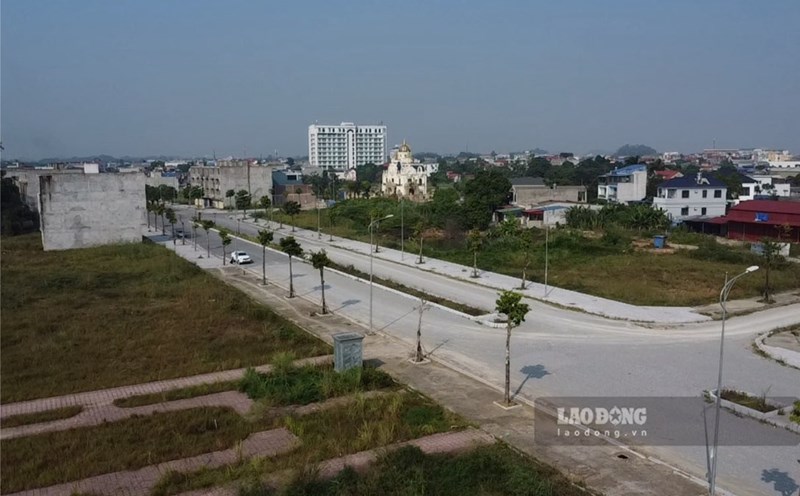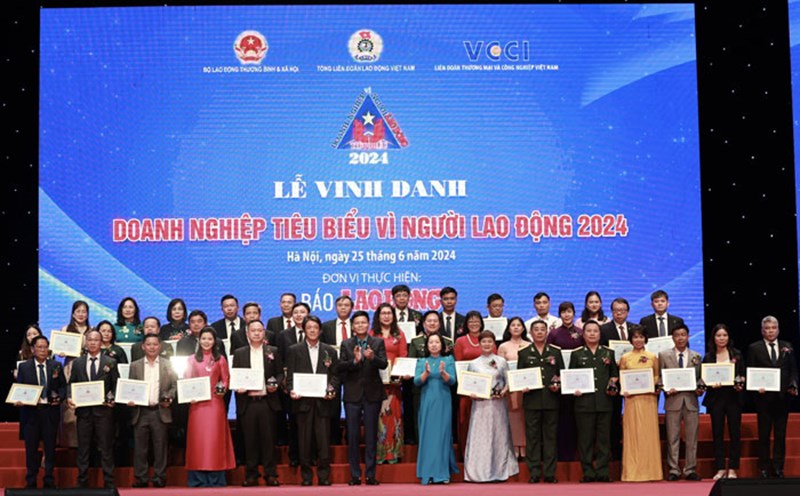On August 3, speaking with Lao Dong reporter, the National Political Publishing House Truth said that this agency had just published the book "The truth about the hunger in 1945 (through documents and historical memories)" by historian Nguyen Quang An.
With an historical approach combined with field research, the book is the result of more than 30 years of research by the author and colleagues in many provinces and cities. The work is divided into four clear parts, each of which is a historical cut that helps readers access disasters not only through data but also through the perspective of people who have lived in extremely poor conditions.
The first part presents vivid documents of the Hunger event in the year of the Snake, helping readers visualize the whole picture of Vietnam's society in 1945, the final period of the Second World War, when Japan's socialists replaced the French colonialists in the thong nhatous apparatus but continued the brutal exploitation policy.
Along with natural disasters and crop failure in many Northern Delta provinces, policies of rice stripping, forced belt planting and cutting off food transport routes have created a mass starvation.
Press documents of Viet Minh and the Government of the Democratic Republic of Vietnam in the early days, newspapers such as the nation, Labor, salvation, Liberation Flag... not only reflect the reality of hunger but also demonstrate the role of revolutionary organizations in mobilizing people to fight hunger, mutually support and call for sharing in the community.
The spirit of solidarity and affection for people in times of disaster is clearly demonstrated through the movements of "growing rice to save hunger", "each person giving up a meal". These documents not only have historical value but also demonstrate the power of national compassion in the darkest moments.
The second part collects documents written after the hunger, including typical studies by famous historians such as Tran Huy Lieu, Tran Van Giau and documentary memories of writer To Hoai, teacher Luu Van Lang, local historian Le Xuan Quang...
In the memories of these researchers, the image of vagrants searching for food on the roads, the bodies of starved people... became a lifelong obsession. In many rural villages, the death toll has reached half of the population in a short time. These notes help readers identify more fully and humanely the disaster of hunger in 1945.
The third part is the most special part of the book, introducing the results of field investigations by the author and colleagues at 19 locations in 8 provinces, where hunger is most severe.
Through hundreds of historical witness interviews, the book provides a rare source of qualitative data, recreating relatively accurately the level of loss, consequences and community reactions to hunger.
The fourth part is the activities of investigation, research, international cooperation and communication on the 1945 hunger of Vietnamese and Japanese historicalists and journalists.
The 1945 hunger was the result of war, of brutal domination, of natural disasters and the insensitivity of those in power. But it was also in that hunger that humanity was enlightened, patriotism was fostered, directly contributing to the success of the August Revolution in 1945.
On the occasion of the 80th anniversary of the August Revolution and National Day on September 2, reading and reflecting on the documents in the book "The Truth about hunger in 1945" is a historical guide for each Vietnamese person to deepen patriotism, foster a spirit of solidarity and firmly believe in the path of development that their ancestors traded with blood, tears and even their lives to achieve.










